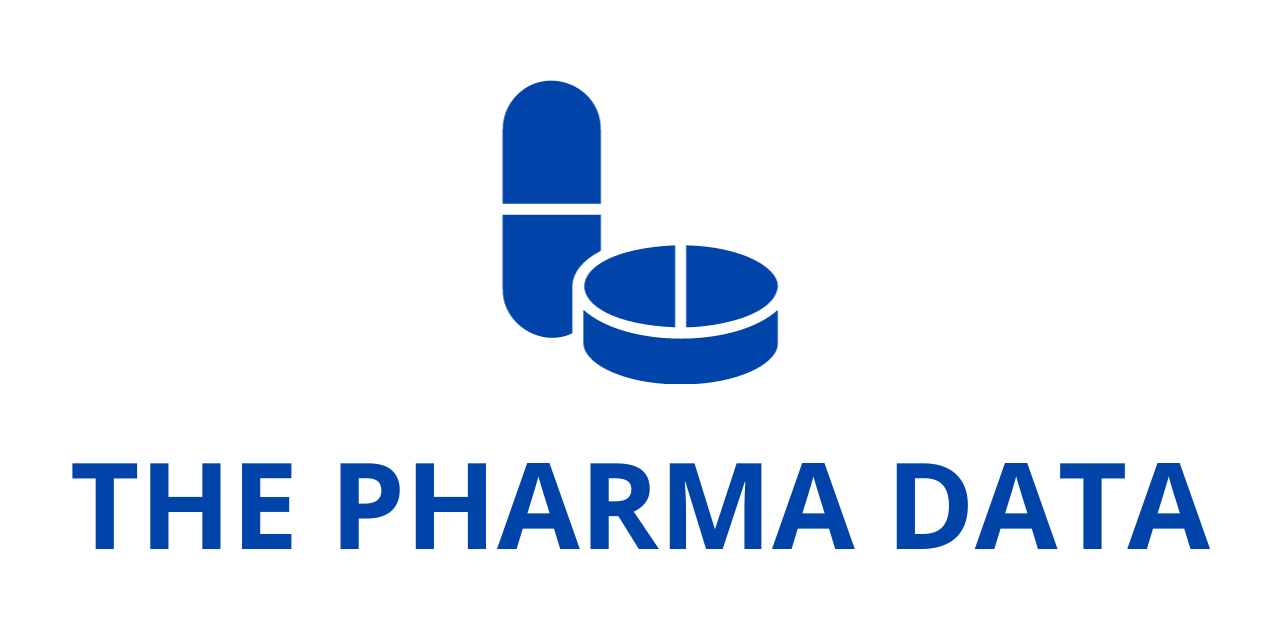
WHO Concludes Participation in Major Global Nuclear Emergency Simulation
The World Health Organization (WHO) has successfully concluded its role in a high-stakes, 36-hour nuclear emergency simulation exercise organized by the International Atomic Energy Agency (IAEA). Known as ConvEx-3, this large-scale, multi-national exercise is the most advanced and demanding level of emergency preparedness drills conducted by the IAEA. Designed to evaluate global capabilities for responding to nuclear and radiological emergencies, the ConvEx-3 simulations take place every three to five years. The most recent iteration before this took place in 2021, in collaboration with the United Arab Emirates.
This year’s scenario centered on a simulated nuclear accident at a power plant in Romania, resulting in the hypothetical release of significant radioactive materials into the environment. The simulation prompted a coordinated international response involving more than 75 countries and 10 international organizations. Participants were tasked with real-time communication, risk assessment, information sharing, and the coordination of appropriate protective measures—including medical interventions and public health messaging.
As part of its role in the exercise, WHO activated its Incident Management Support Team (IMST), comprising public health experts from its country, regional, and headquarters offices. These teams worked closely with national health authorities to assess the potential public health impacts of the simulated radiation exposure. WHO also played a key role in crafting and disseminating public health messages, advising on protective actions to minimize radiation exposure, and providing guidance on mental health support for both the affected populations and emergency response personnel.
A significant focus of WHO’s involvement was ensuring that health systems could remain functional and responsive in the face of a complex nuclear emergency. This included evaluating preparedness in terms of medical countermeasures, such as the availability of iodine tablets, decontamination protocols, and strategies to support hospitals in managing a potential surge of radiation-exposed patients.
What made this year’s ConvEx-3 particularly complex was the inclusion of new elements aimed at increasing realism and testing the flexibility of national and international emergency response systems. Notably, neighboring countries Bulgaria and the Republic of Moldova were actively involved in coordinating protective actions across borders. The scenario also involved the simulated deployment of international assistance missions, simulating the rapid mobilization of humanitarian and technical aid in a nuclear crisis.
Additionally, the exercise incorporated simulated cybersecurity threats, testing how organizations would handle attempts to compromise sensitive information or disrupt critical communication infrastructure during an emergency. To further challenge participants, a sophisticated social media simulator was used to replicate the spread of misinformation and test the effectiveness of crisis communication strategies. This component enabled organizations like WHO to assess their ability to maintain public trust and deliver timely, accurate information under pressure.
The overarching goal of exercises like ConvEx-3 is to test and improve the international community’s preparedness and coordination mechanisms for nuclear emergencies. By simulating high-impact, cross-border scenarios, these drills help identify operational strengths and weaknesses, reinforce trust between countries, and ensure technical readiness in responding to radiological events.
For WHO, participation in ConvEx-3 aligns with its broader mission to protect health and well-being in all types of emergencies, including those involving ionizing radiation. The organization plays a leading role in providing Member States with evidence-based guidelines and technical assistance related to radiation protection. This includes safeguarding the public, patients, and healthcare workers from the harmful effects of both ionizing and non-ionizing radiation.
Following the conclusion of the exercise, the IAEA will compile a comprehensive evaluation report summarizing best practices, operational challenges, and areas for future improvement. WHO, in turn, will conduct an internal review to assess its performance, apply lessons learned, and refine its protocols for managing future radiological or nuclear emergencies.
Through its participation in ConvEx-3, WHO reaffirmed its commitment to strengthening global health security and enhancing the resilience of health systems against even the most complex emergencies.





